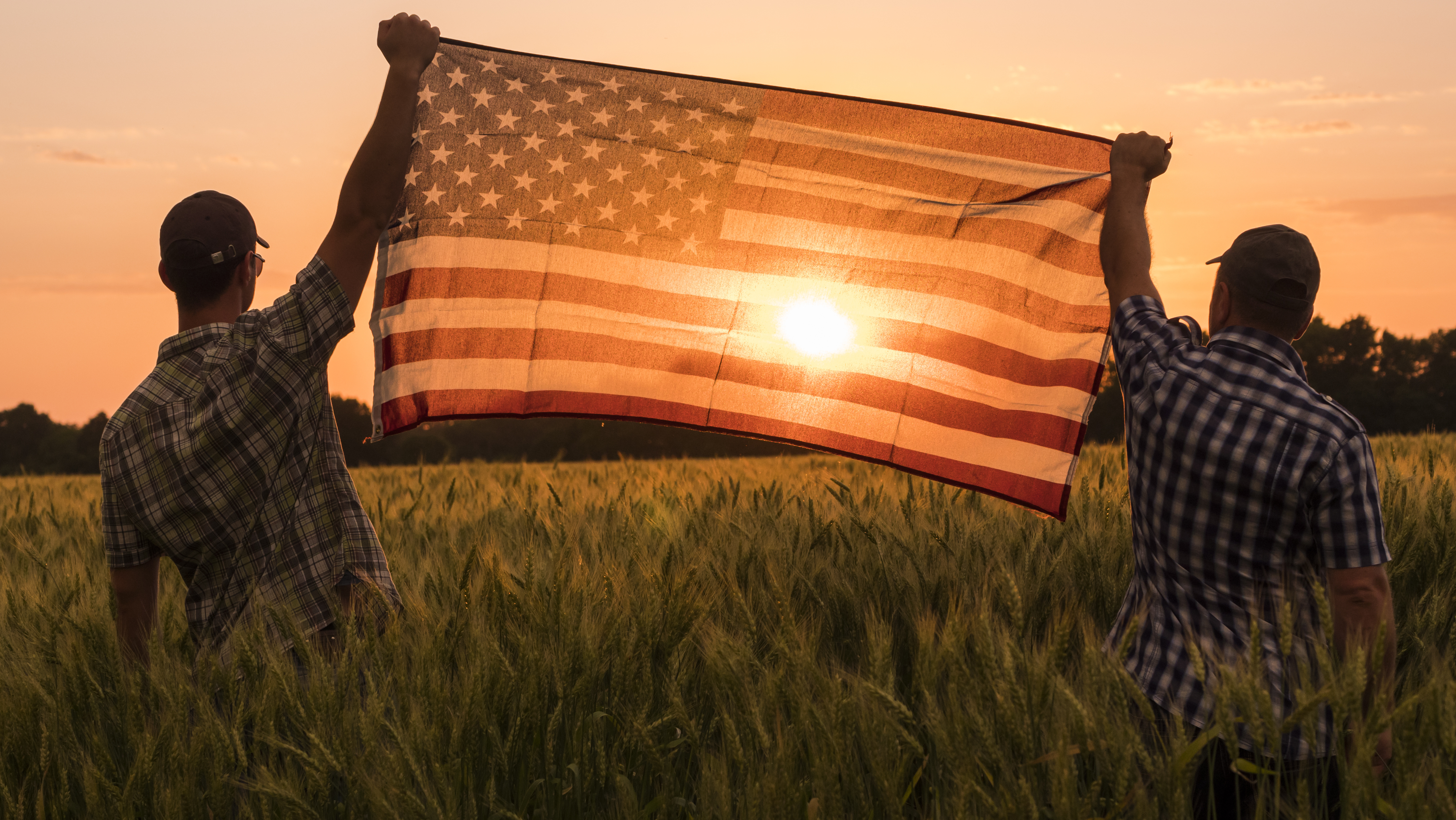



Farmers, rural communities and hospitals need more support to weather pandemic
The coronavirus pandemic continues to overwhelm rural hospitals, upend the agricultural economy, and interrupt daily life as we know it, making it clear that family farmers and rural communities require additional support to withstand these trying times.










